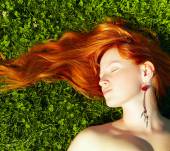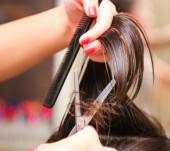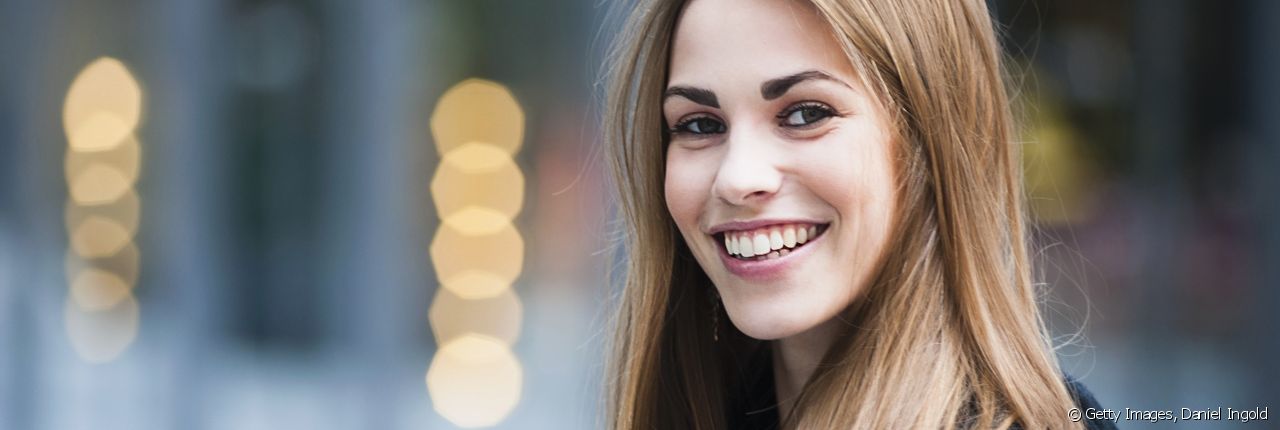
Temporary, tone-on-tone, permanent: your hair colouring glossary
It is sometimes complicated when you find yourself surrounded by hairdressing terms. Today, discover those which define different hair colouring techniques. Using these explanations, learn to differentiate between them and choose the one which suits you the best!
Temporary colouring
This technique is the most commonly used in the salon. It gradually washes out and holds for around 6 to 8 weeks. Generally, it ages very well with time. It can make your hair lighter or darker. Ideally, choose a tone close to your base colour (one to three tones maximum), thus guaranteeing a natural and sophisticated result. Furthermore, if you wish to keep your radiant colour long term, use treatments specifically designed for use at home.
Tone-on-tone colouring
Also called semi-permanent colouring, it uses ammonia. Contrary to permanent colouring, it skips the bleaching step. At Jean Louis David, this technique is called a Gloss treatment. It covers your hair, preserving the same colour. It is best for boosting your hair’s shine, giving it luminous highlights or getting back a colour which has tarnished. If you wish, you can also get a 100% transparent Gloss treatment, which will instantly boost your hair’s shine.
Permanent colouring
This is irreversible. It allows you to radically and permanently change your hair colour or completely cover up white hair. After this treatment, the only way to get back your natural colour is to let it grow out. Furthermore, this hair colouring causes the obvious ‘roots effect’ which is not very attractive. Therefore, go to your hairdressers every 4 to 6 weeks to carry out any touch ups on your hair’s regrowth.
Finally, whichever colouring technique you choose, always consider maintaining your hair with products from the Color Therapy Range. You will preserve your hair’s vitality for days, with a radiant colour which lasts long term.
You would also like...
-
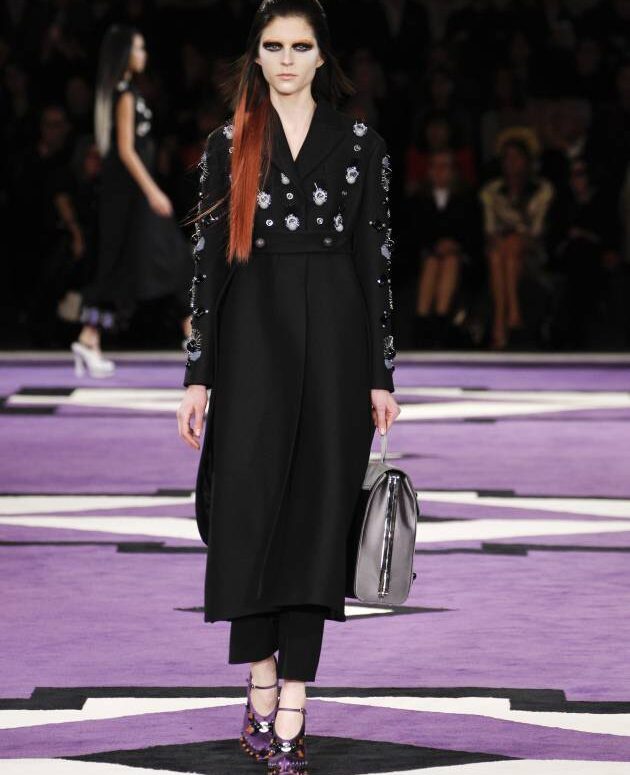 Hair colouring
Two-tone hair
After pink hair or smurf-style blue shades, and not forgetting the dip dye technique, here’s a new colour trend to take your fancy: the two-tone. No need to worry about having to choose between two…
Hair colouring
Two-tone hair
After pink hair or smurf-style blue shades, and not forgetting the dip dye technique, here’s a new colour trend to take your fancy: the two-tone. No need to worry about having to choose between two… -
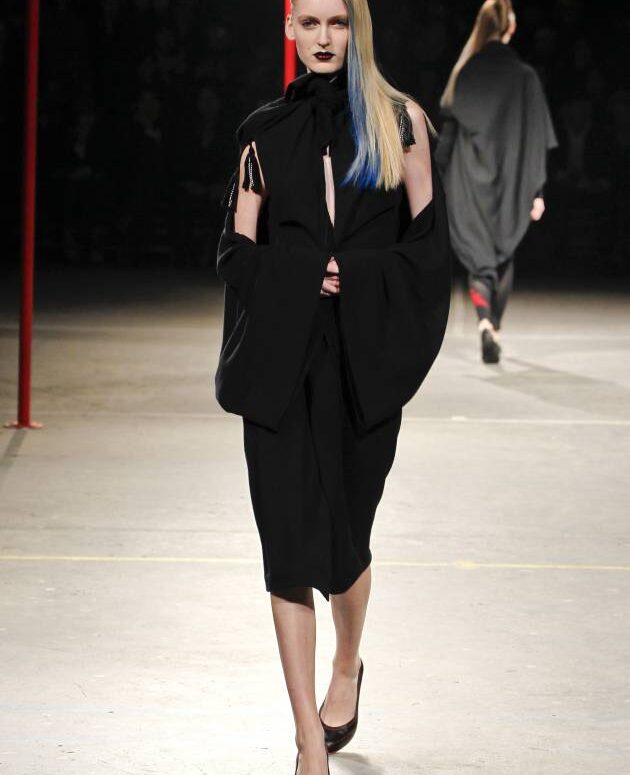 Hair colouring
Rita’s most radical hairstyle change...
“I’m not usually one to follow all the latest trends, but when the celebs started wearing funky colours in their hair, I must admit that I fell in love straight away! Even though the result can…
Hair colouring
Rita’s most radical hairstyle change...
“I’m not usually one to follow all the latest trends, but when the celebs started wearing funky colours in their hair, I must admit that I fell in love straight away! Even though the result can… -
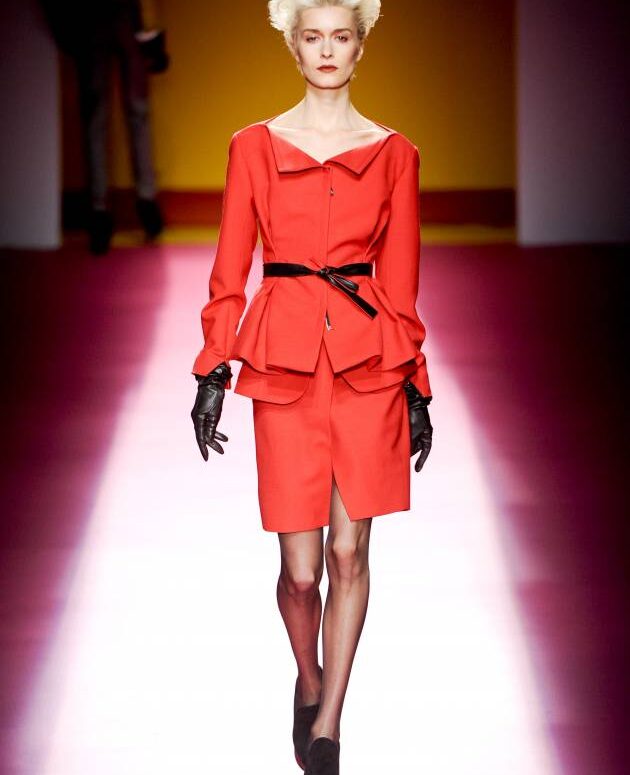 Hair colouring
Autumn-Winter 2012 hair colours
Apart from a few eccentricities seen on the catwalks for this new season, classic colours seem to be on their way back in. But classic is by no means dull and characterless! Discover the must-have…
Hair colouring
Autumn-Winter 2012 hair colours
Apart from a few eccentricities seen on the catwalks for this new season, classic colours seem to be on their way back in. But classic is by no means dull and characterless! Discover the must-have… -
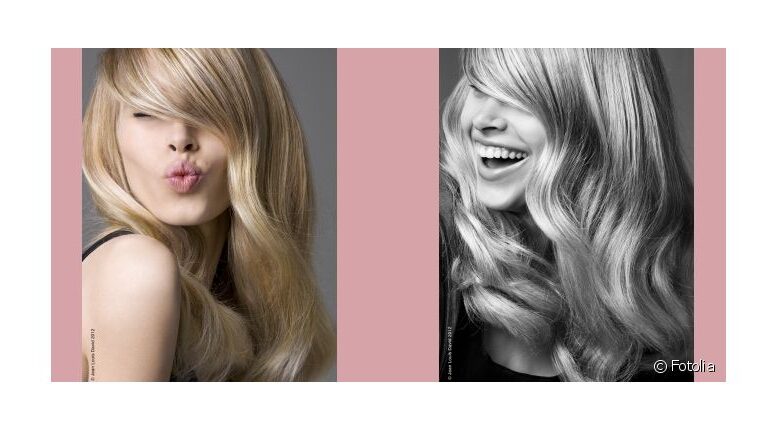 Hair colouring
Streaking: the dos and don’ts
Streaking is a permanent colouring technique which involves highlighting certain sections of the hair to create an attractive contrast. Follow our advice to avoid any unpleasant surprises. First of all, avoid streaking your hair yourself at…
Hair colouring
Streaking: the dos and don’ts
Streaking is a permanent colouring technique which involves highlighting certain sections of the hair to create an attractive contrast. Follow our advice to avoid any unpleasant surprises. First of all, avoid streaking your hair yourself at…
Not to be missed
-
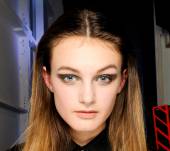 Hair colouring Colour trend: dip dye
Hair colouring Colour trend: dip dye -
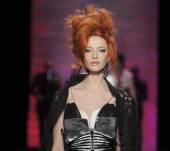 Hair colouring Flamboyant red
Hair colouring Flamboyant red -
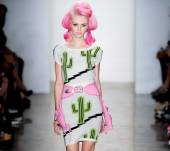 Hair colouring Pink hair madness
Hair colouring Pink hair madness -
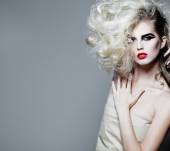 Hair colouring Anne’s craziest hair make-over
Hair colouring Anne’s craziest hair make-over

 France
France
 Spain
Spain
 Italy
Italy
 Polska
Polska
 Portugal
Portugal
 Mexico
Mexico
![[EN] Jean Louis David [EN] Jean Louis David](https://www.jeanlouisdavid.us/app/themes/jld/dist/images/svg/logo-jean-louis-david.svg)


